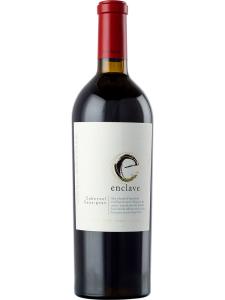Pirque is a wine-producing sub-region just south of the Chilean capital of Santiago. The region is a part of the larger Maipo Valley, and with the other sub-regions of Puente Alto and the southern suburbs of Santiago makes up what is known as the Alto Maipo – widely considered to be one of Chile's most prestigious wine-producing areas. Powerful, concentrated red wines are made in the area from Cabernet Sauvignon.
© Wikimedia/Carlos yo
The vineyards of Pirque are clustered between the Coastal range and the Andes Mountains, with the best enjoying a view over the valley from the foothills of the Andes in a series of horseshoe-shaped transverse valleys. Pirque lies to the south of Puente Alto, and the differences in terroir between these two regions is fine-grained, to say the least. The Maipo River is just north of the region, and contributes plenty of pure, Andean meltwater for irrigation in this relatively dry part of Chile.
The climate in Pirque is cooler than in most of Chile's central wine-producing areas, mostly due to the influence of the Andes in the east. Pirque sits at around 2000ft (600m) above sea level, and this contributes to slightly cooler temperatures during the growing season, along with one of the most significant diurnal temperature shifts in Chile. Night-time temperatures can sometimes be as much as 35F (20C) lower than during the day, which slows the ripening period and allows grapes to develop complex fruit flavors while retaining acidity. Hot, Andean winds at the beginning of the growing season lead to an early bud-break, and the location of the vineyards among the hills helps to protect vines from cold winds later in the season.
Pirque's volcanic soils are largely colluvial, having been deposited there from the slopes of the Andes over time by gravity rather than the action of rivers and streams. These soils are naturally free-draining due to their stony nature, and provide an excellent base for quality grape-producing vines. The lack of water in the soil stresses the vines, leading to the production of less energy-sapping vegetation and smaller, more-concentrated berries. The resultant wines have firm tannins, powerful concentration and a good structure, thanks in no small part to the make-up of these soils.
While Cabernet Sauvignon is undoubtedly the star of the region, leading to Alto Maipo's reputation as the 'Bordeaux of South America', wines made from Carmenere, Chardonnay and Sauvignon Blanc are also produced here, with excellent results.


